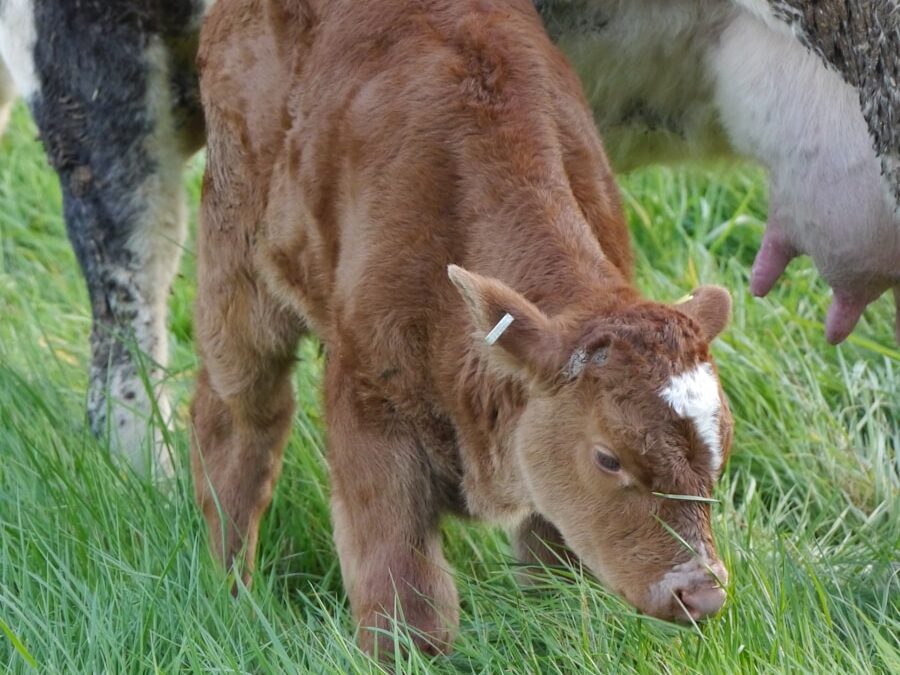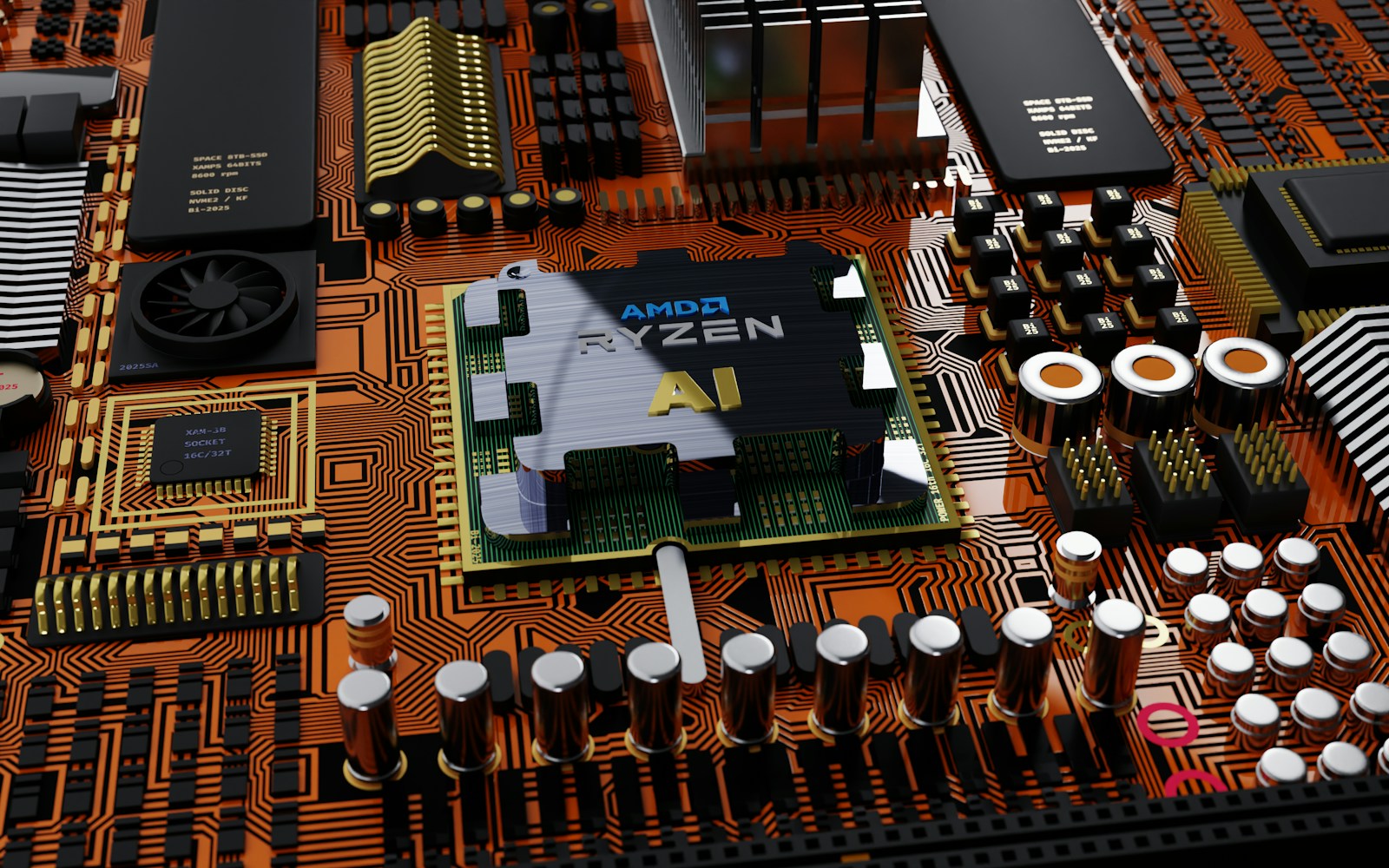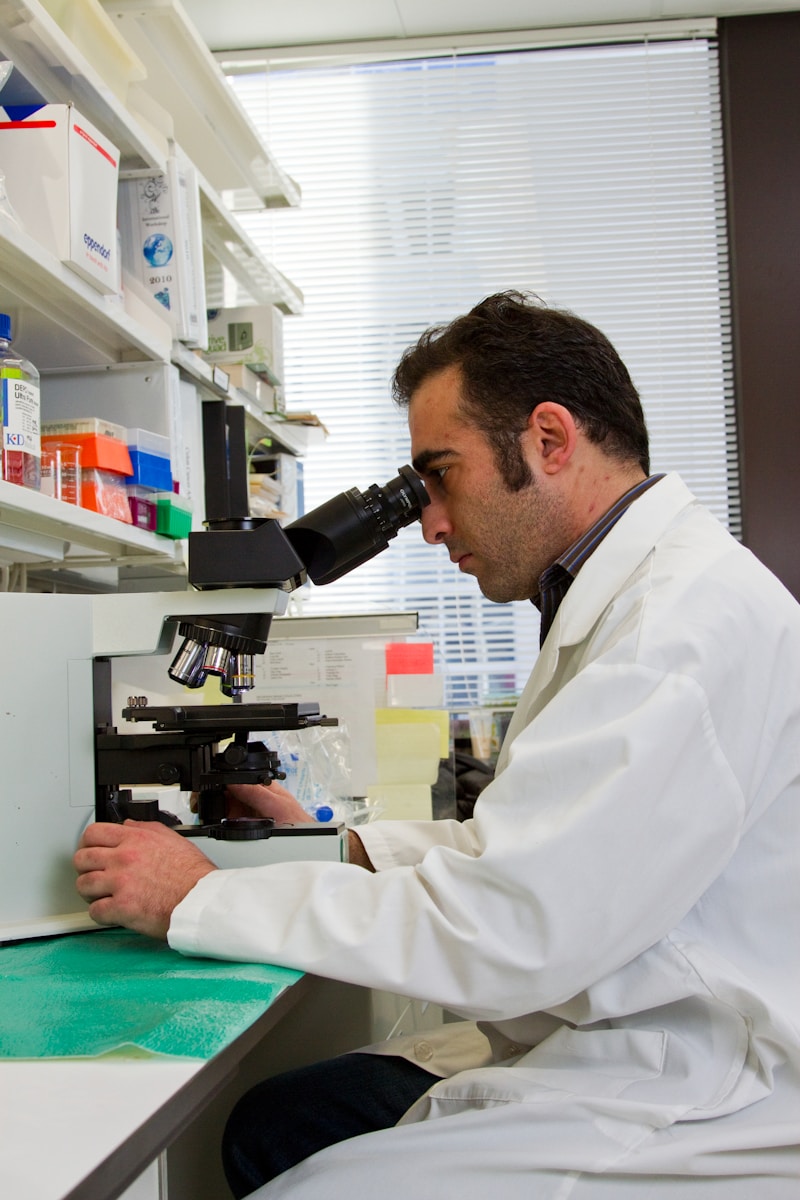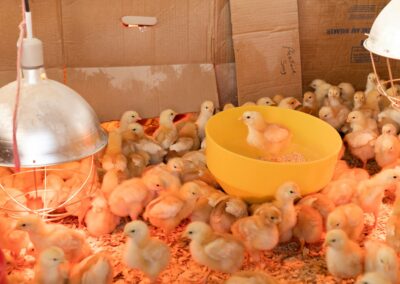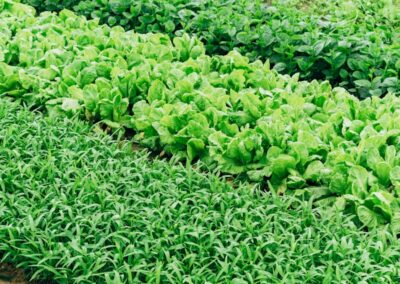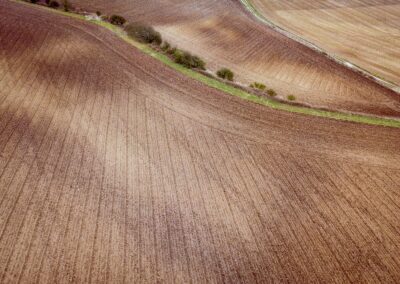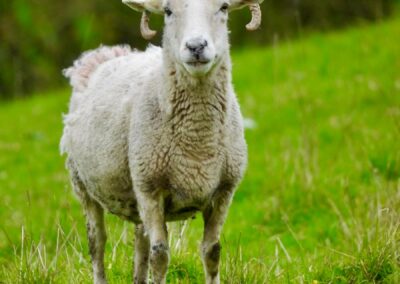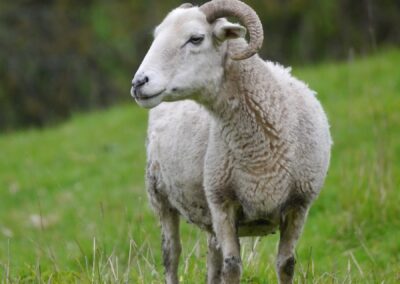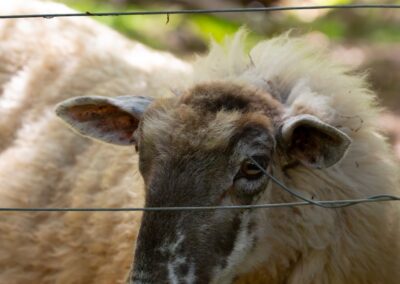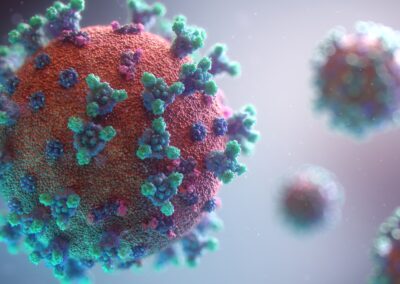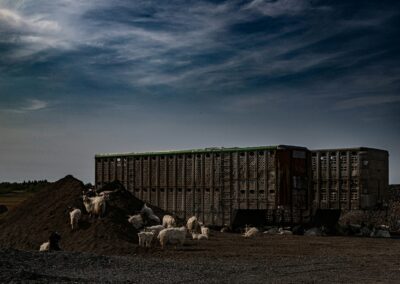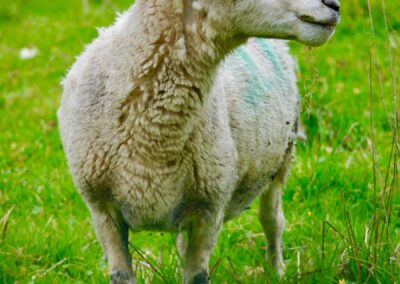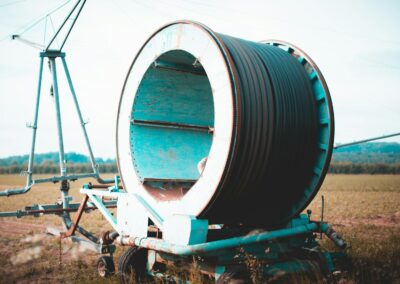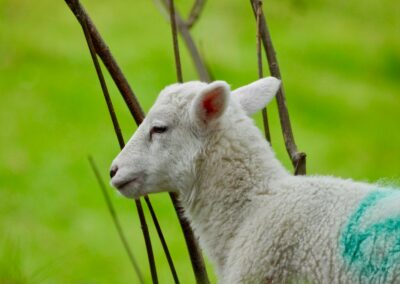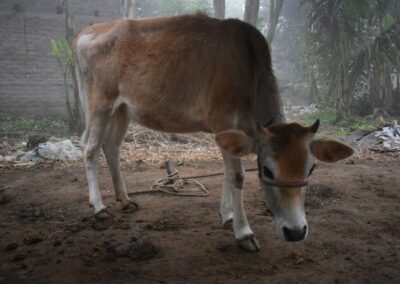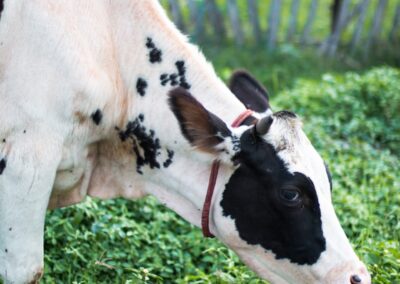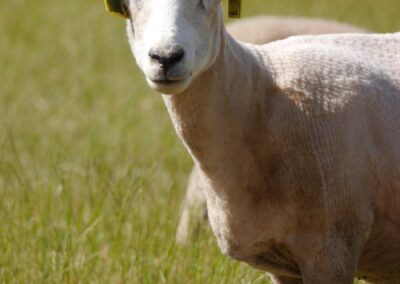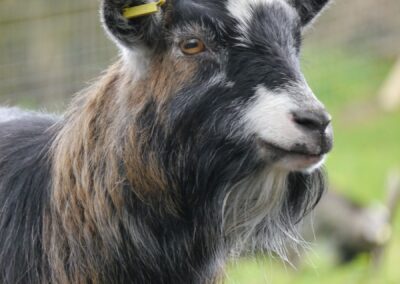The Impact of IoT in Revolutionizing Livestock Management
IoT in livestock management is becoming an essential component in modern agriculture, enabling data-driven practices that significantly improve productivity and profitability. In regions like Saudi Arabia and the UAE, where agriculture is a critical sector, the adoption of IoT technology in livestock management offers transformative benefits. By leveraging IoT devices, farmers can monitor the health, behavior, and environment of their livestock in real-time, allowing for more precise and informed decision-making.
The integration of IoT in livestock management begins with the deployment of sensors and smart devices that collect a wide range of data, from temperature and humidity levels in barns to the physical condition and movement patterns of the animals. This data is then transmitted to centralized systems where advanced analytics tools process it to generate actionable insights. For example, if the system detects signs of illness in a particular animal, it can immediately alert the farmer, who can then take preventive measures to avoid the spread of disease.
In cities like Riyadh and Dubai, where the focus on technological advancement is prominent, implementing IoT in agriculture aligns with broader national goals of sustainability and innovation. The ability to enhance livestock management through technology not only boosts productivity but also contributes to the overall profitability of agricultural operations, making it a vital component of modern farming practices in the Middle East.
Optimizing Livestock Health and Productivity with IoT
One of the most significant advantages of using IoT in livestock management is the ability to optimize the health and productivity of animals. IoT devices can continuously monitor various health indicators, such as heart rate, temperature, and feeding patterns. This real-time monitoring enables early detection of potential health issues, allowing for timely intervention and reducing the risk of widespread illness within a herd. For farmers in the UAE and Saudi Arabia, where livestock farming plays a vital economic role, maintaining the health of animals is paramount to ensuring high productivity and profitability.
Moreover, IoT in livestock management facilitates the automation of feeding schedules and the precise delivery of nutrients, tailored to the specific needs of each animal. This precision feeding ensures that livestock receives the optimal amount of food and nutrients, which not only enhances growth rates but also reduces waste, leading to cost savings. In regions where resources such as water and feed are limited, this technology-driven approach to livestock management is particularly valuable.
The integration of IoT technology in agriculture also supports the overall well-being of livestock by ensuring that their living conditions are constantly monitored and adjusted. For instance, sensors can detect changes in temperature or humidity that could impact the animals’ comfort and automatically activate ventilation or heating systems to maintain optimal conditions. This level of care not only improves animal welfare but also leads to higher-quality meat and dairy products, further boosting the profitability of farming operations.
Data-Driven Decision Making for Enhanced Livestock Management
Leveraging IoT for Strategic Farm Management
IoT in livestock management provides farmers with the data necessary to make strategic decisions that enhance farm management. By analyzing the data collected from IoT devices, farmers can identify trends, predict outcomes, and optimize their operations accordingly. In Saudi Arabia and the UAE, where efficiency and innovation are key drivers of economic growth, the ability to make data-driven decisions in agriculture is crucial for maintaining competitiveness in the global market.
For example, IoT systems can track the reproductive cycles of livestock, allowing farmers to precisely time breeding to optimize herd size and productivity. This strategic approach not only maximizes output but also ensures the sustainability of farming practices. Additionally, data-driven insights can help farmers identify the most cost-effective ways to allocate resources, such as optimizing feed distribution or reducing energy consumption, leading to significant cost savings.
Furthermore, IoT technology supports better management of supply chains by providing real-time data on the availability and condition of livestock products. This information enables farmers to plan more effectively, reducing waste and ensuring that products reach the market at the optimal time. In a region like the Middle East, where market demands can fluctuate rapidly, the ability to adapt quickly and efficiently is a significant advantage.
Boosting Profitability through IoT-Enabled Efficiency
The use of IoT in livestock management is not only about improving productivity but also about boosting profitability through enhanced efficiency. By automating routine tasks and providing precise data, IoT devices reduce the need for manual labor, allowing farmers to allocate their workforce more effectively. This reduction in labor costs, combined with the increased productivity resulting from optimized animal health and resource use, directly contributes to higher profit margins.
In regions like Riyadh and Dubai, where the agricultural sector is increasingly driven by technology, the adoption of IoT in livestock management represents a forward-thinking approach to farming. By investing in IoT technologies, farmers can achieve a higher return on investment, ensuring the long-term viability of their operations. Additionally, the ability to produce higher-quality products more efficiently positions these farms competitively in both local and international markets.
Moreover, the data generated by IoT systems can also be used to meet regulatory requirements and improve transparency with consumers. By providing detailed records of how livestock are raised and managed, farmers can enhance the traceability of their products, which is increasingly important in markets where consumers demand higher standards of food safety and animal welfare. This transparency not only meets market expectations but also allows farmers to command premium prices for their products, further increasing profitability.
In conclusion, IoT in livestock management is transforming the agricultural landscape by enabling data-driven practices that enhance productivity and profitability. As regions like Saudi Arabia and the UAE continue to prioritize innovation and sustainability, the adoption of IoT technologies in agriculture will play a critical role in ensuring the success and growth of the sector.
—
#IoTInAgriculture #SmartFarming #LivestockManagement #Agritech #DataDrivenFarming #MiddleEastAgriculture #SaudiArabia #UAE #Riyadh #Dubai

